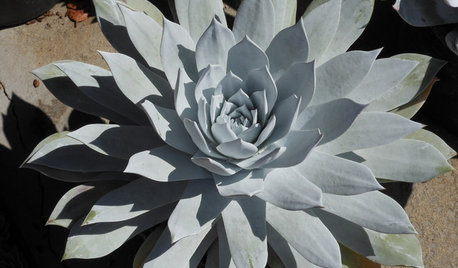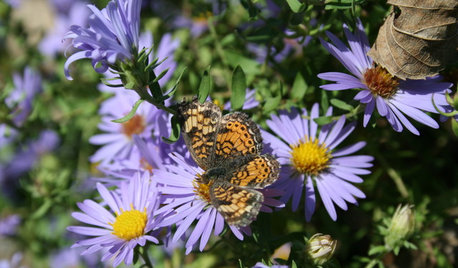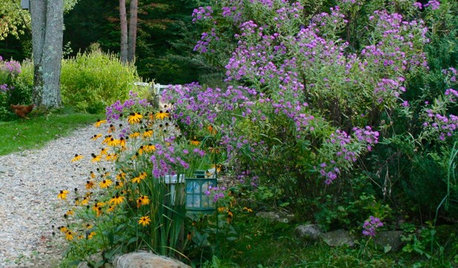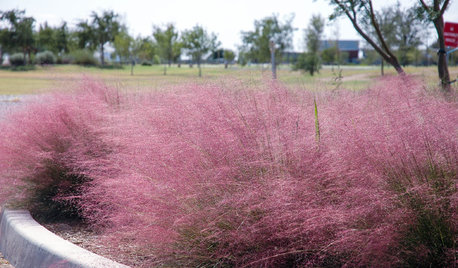Oddball Native needs a name
wantonamara Z8 CenTex
9 years ago
Related Stories

GARDENING GUIDES15 Native Flowers That Feed Native Bees
These perennials offer superfood to hundreds of bees and are gorgeous in their own right
Full Story
GARDENING GUIDESGreat Design Plant: Dudleya, a Dramatic California Native
Set up this succulent in native conditions and see just how little care it needs to thrive in the landscape
Full Story

GARDENING GUIDESGreat Native Plant: Angelita Daisy
Want a pretty perennial that can handle high and low temps with little fuss? Versatile angelita daisy is your workhorse
Full Story
GROUND COVERSNative Alternatives to English Ivy, Japanese Pachysandra and Periwinkle
These shade-loving ground covers are good for the environment and say something about where you are
Full Story
GARDENING GUIDES10 Top Native Plants for the U.S. Southeast
For a low-maintenance and wildlife-friendly landscape, use Southern natives that withstand heat and humidity
Full Story
GARDENING GUIDESTop 10 Native Plants for the Northeast
For a low-maintenance, wildlife-friendly landscape, use native plants adapted to the climate and range of soils in the Northeast
Full Story
GARDENING GUIDESGarden-Friendly Native Alternatives to Overplanted Exotics
There are lots of gorgeous, wildlife-friendly native plants ready to make an appearance in your garden
Full Story
NATIVE PLANTS10 Top Plants Native to the Desert Southwest
Get a thriving garden despite unforgiving conditions with these tough, unthirsty, sun-loving beauties
Full Story
GARDENING GUIDES10 Top California Native Plants, Trees and Grasses
Enjoy a fuss-free, water-wise garden in the Golden State by growing plants naturally in tune with the climate and wildlife
Full StorySponsored
Columbus Area's Luxury Design Build Firm | 17x Best of Houzz Winner!
More Discussions






MKull
wantonamara Z8 CenTexOriginal Author
Related Professionals
Danbury Landscape Architects & Landscape Designers · Tempe Landscape Architects & Landscape Designers · Roxbury Crossing Landscape Architects & Landscape Designers · Wakefield Landscape Contractors · Beverly Hills Landscape Contractors · Clark Landscape Contractors · Lady Lake Landscape Contractors · Oklahoma City Landscape Contractors · Waldorf Landscape Contractors · Hawaiian Gardens Landscape Contractors · Maplewood Landscape Contractors · Riverside Window Contractors · Dayton Window Contractors · Opa Locka Window Contractors · Scotts Valley Window ContractorsMKull
wantonamara Z8 CenTexOriginal Author
MKull
linda_tx8